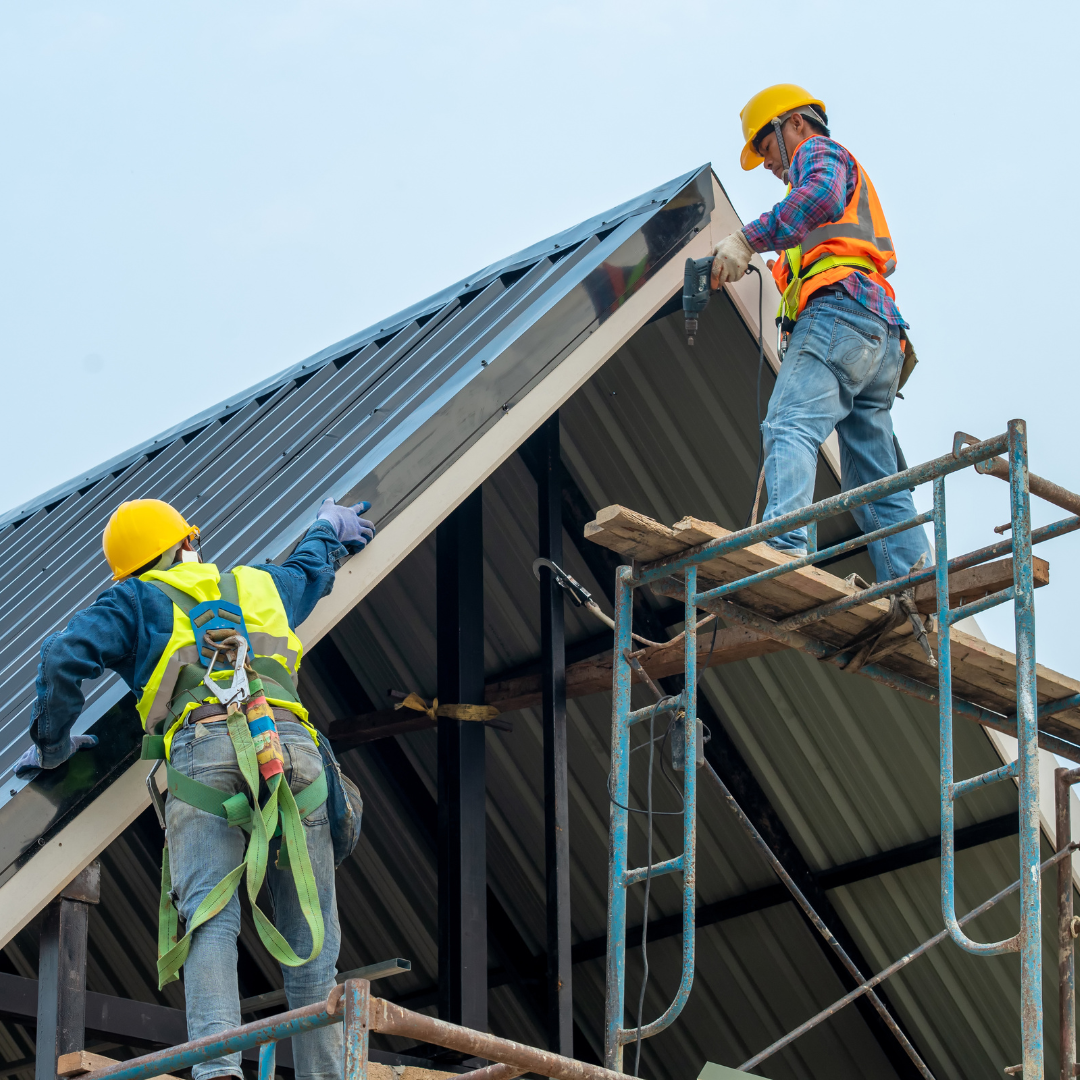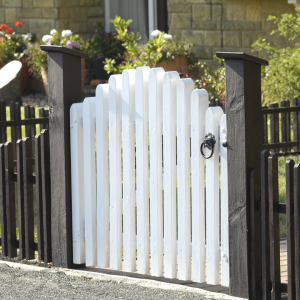When you discover damage to your roof, your first instinct may be to panic and call the roofing company. However, there are a few steps you need to take before calling them for a remedy. Before you call the roofing company, you’ll want to check if your roof is leaking, so you can stop the leak and minimize the resulting water damage. Although asphalt shingles are the most common roofing covering material, it’s not invincible. Roof damage is one of the most common causes of home insurance claims and can occur for a variety of reasons. The most common damage is hail, which can lead to leaks and additional damage to the roof. Knowing how to repair roofing damage can help prevent further deterioration of your home.
How to Repair Roofing Damage
The roof of your home or business gets a lot of abuse from the elements and snow and ice-and is, therefore, subject to various problems. Any issues with your roof should be fixed promptly since problems with it can cause damage to the interior of your home. But roof damage can be hazardous, so it’s important to know how to repair it as well. If you do not possess relevant expertise regarding roof repair, you can hire a roofing company that provides services like professional roof repair in Houston, TX (or wherever you are based). On the other hand, if you want to do it yourself, here are some general guidelines to follow for roof repair.
Fixing Asphalt Shingles
Checking for roof damage above watermarks.
Water can cause severe damage when it hits the ceiling above. Some roof leaks disappear when they reach the floor and enter the home. However, water entering the home can soak into the ceiling too. If the ceiling has to be removed, the water can leak into the home. When this happens, it can result in mold, mildew, and rot. To combat this, professionals adept at mold removal should then be called in. Before that, however, an inspection should be performed (click here to see a sample report) which can pinpoint areas of mold growth in the home.
Inspect your roof for widespread wear and tear on the ceiling.
As all homeowners are aware, roofs need to be inspected on a regular basis to ensure that it has held their strength and does not need any repairs, major or minor. Annual inspections are fine, but if you’re worried about widespread, long-term damage, you might need a bellevue roofing inspector, or one wherever you live. He can look for wear and tear on the ceiling and roof and check for a lack of soffit and fascia protection. Look for any signs of water isolation, such as leaks, obvious discoloration, or mold. These problem areas may indicate a serious problem, but if not addressed early, they could lead to bigger damage down the road, costing you more time and money.
Straightening and reattaching curled shingles.
When it comes time to replace a missing or damaged shingle or a section of your roof, safely removing and installing a replacement shingle quickly becomes a high priority. You want to make sure the job gets done quickly, safely, and correctly so that no further damage occurs.
Repairing Damaged Roll Roofing
Look for cracks or blisters in the roofing material.
Every homeowner should learn about roof maintenance since neglecting your roof can cause expensive damage. Especially for people who have homes in areas prone to storms and heavy rain, it is crucial to learn about home maintenance. Damaged or leaky roofs can lead to mold damage, which can, in turn, lead to health problems. To keep your roof in good condition, look for cracks or blisters in the roofing materials. If you find any, then get in touch with a service similar to Advantage Construction, so that they could help you with possible solutions for repair. Also, replace missing or damaged shingles and keep an eye out for areas with missing granules, which could indicate moss is growing.
Cutting any bubbles or blisters in order to release water and air.
Roof leaks can cause big problems, including mold and mildew growth, wood rot, and structural damage, so it’s important to fix them as soon as you spot them to avoid all the trouble. Two easy ways to do that are to repair small cracks and blisters in the roof or cut out any bubbles or blisters.
Cover the repaired area with a patch of roll roofing.
Covering the repaired area with a patch of rolled roofing is one of the how-to repair roofing damage. First, remove and discard the old, damaged roofing. Then, place plywood over the damaged area and place a 1-1/2-inch layer of roofing paper under it. Roll out the roofing paper over the plywood and staple the paper to the plywood. Cover the repaired area with a 1-1/2-inch layer of rolled roofing. Staple the roofing paper to the roofing, making sure to overlap the staples 16 inches from the edge.
You may already know that your roof keeps you and your family safe from the elements. You spend a good chunk of your day in your house, so the roof is the first thing you’ll see when you come home.




